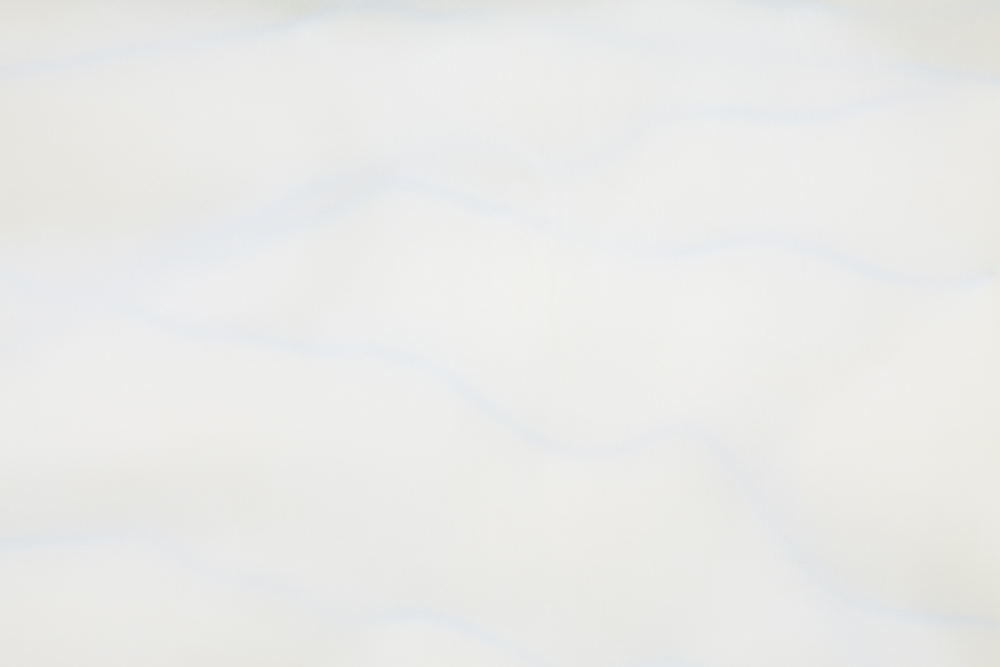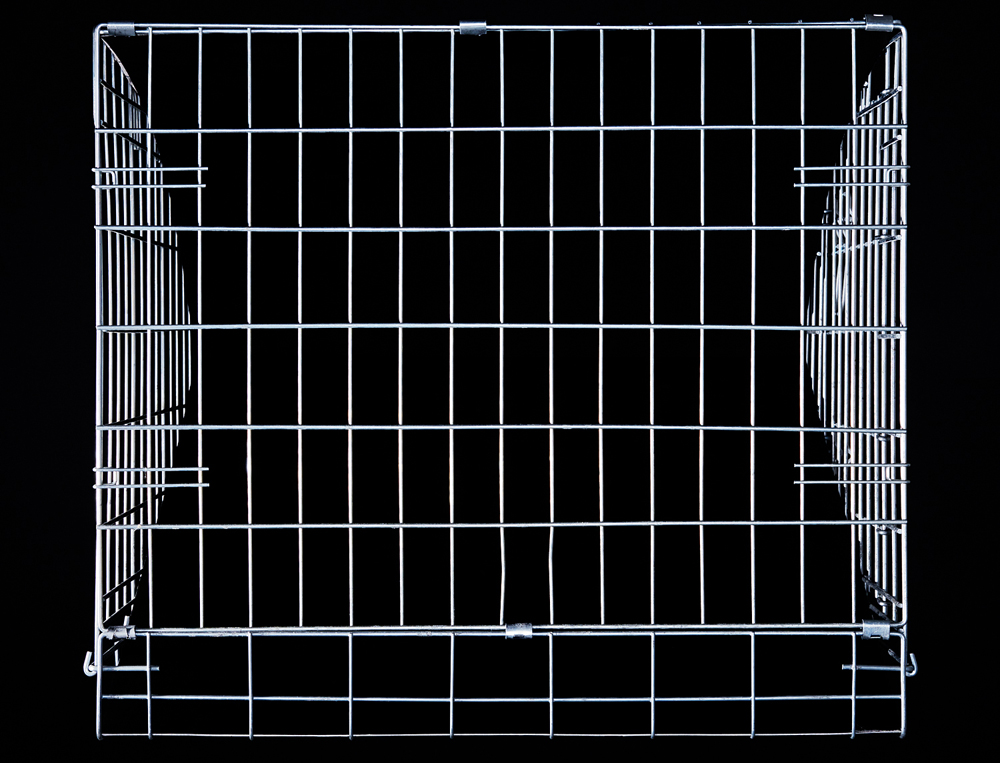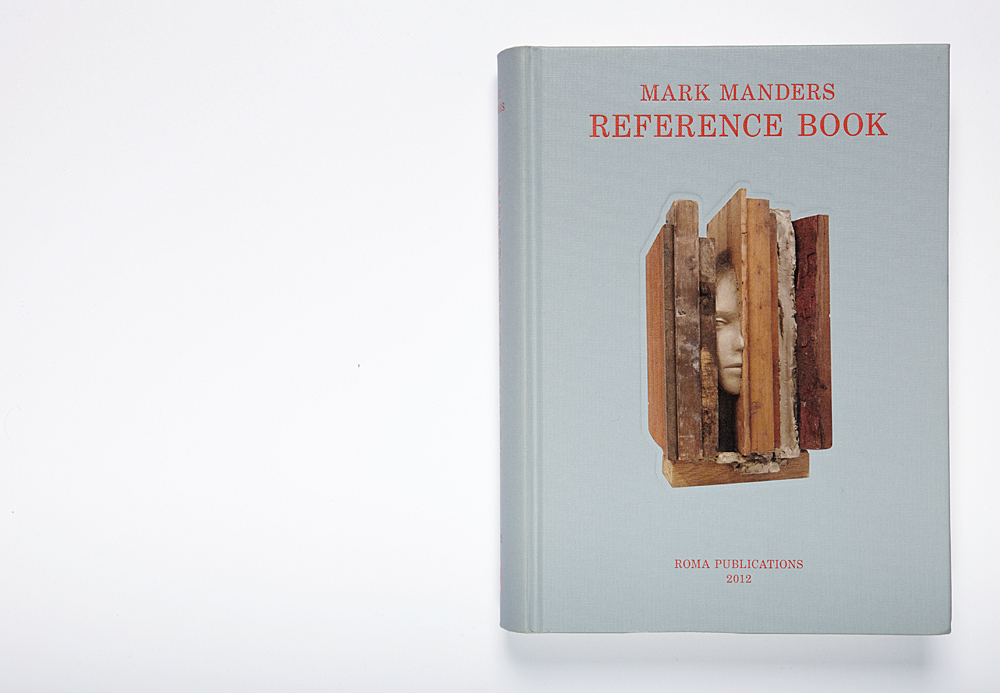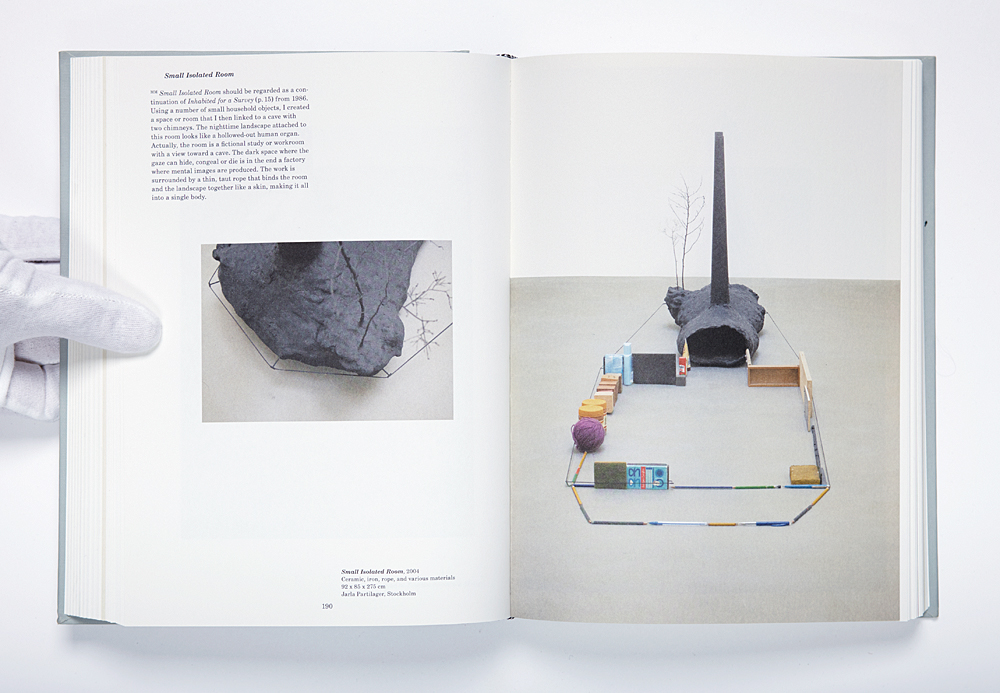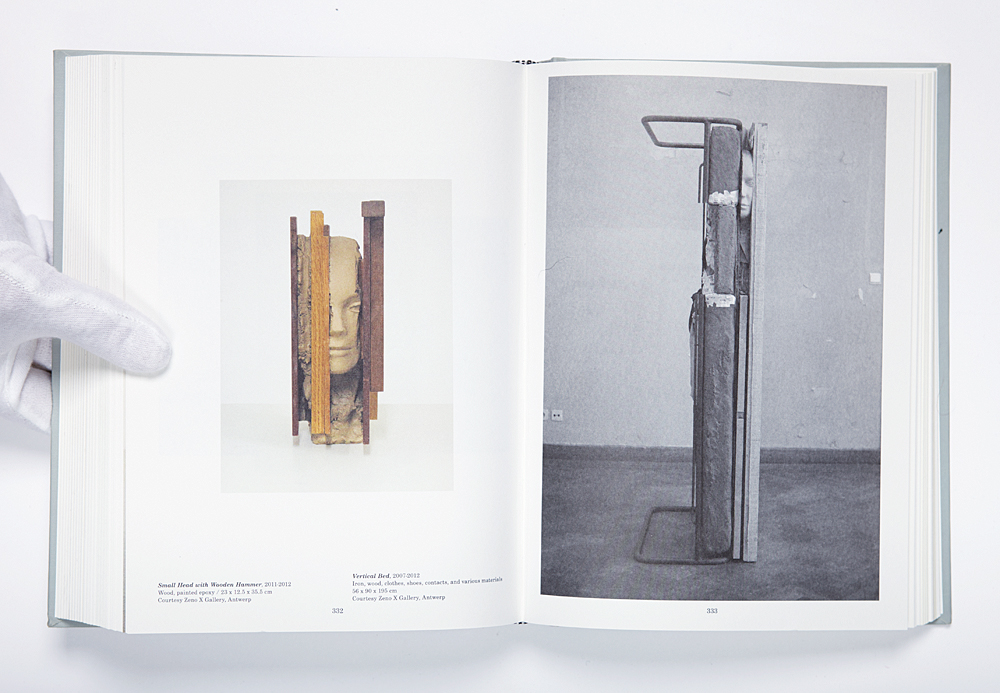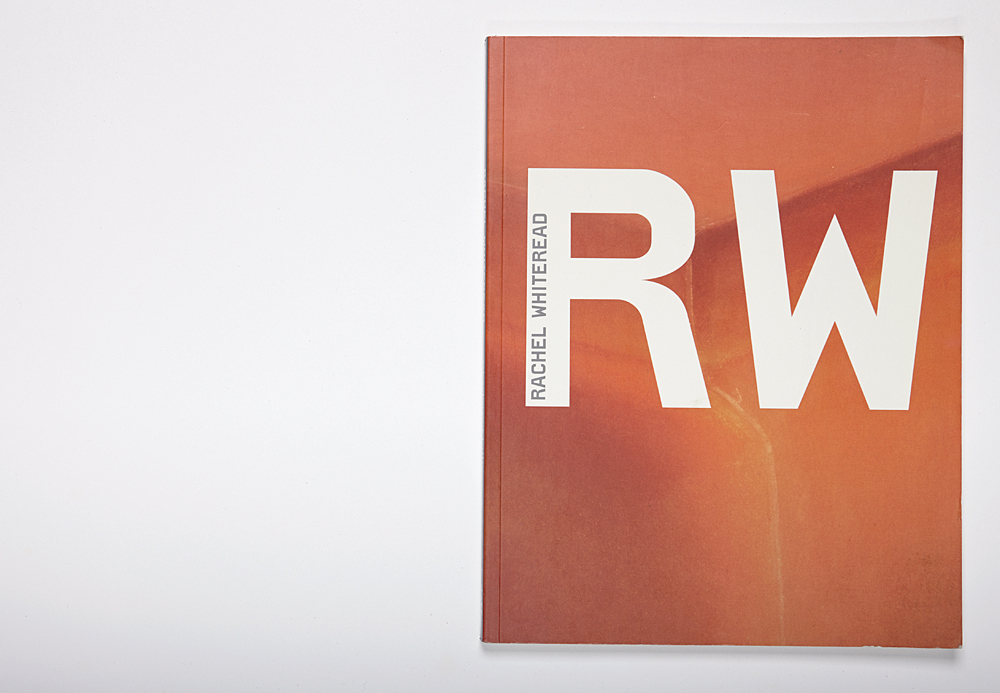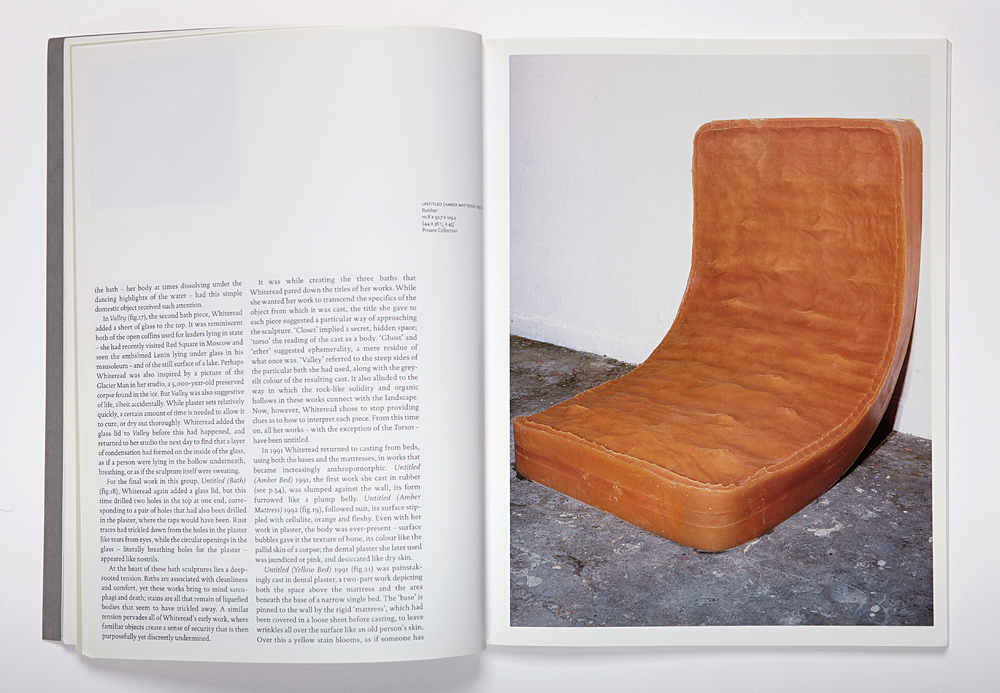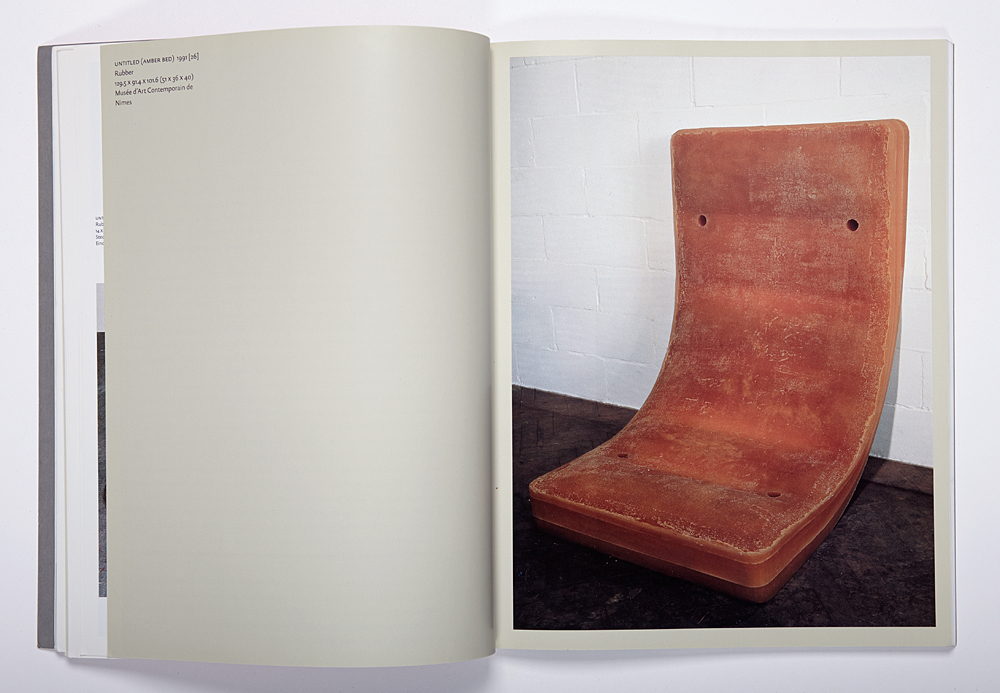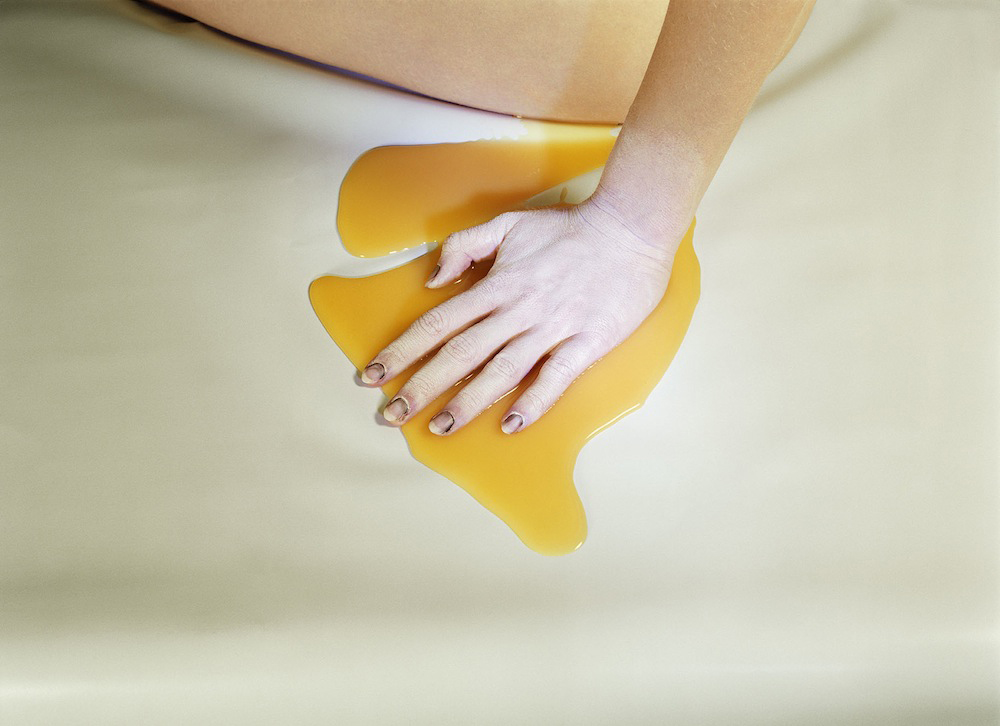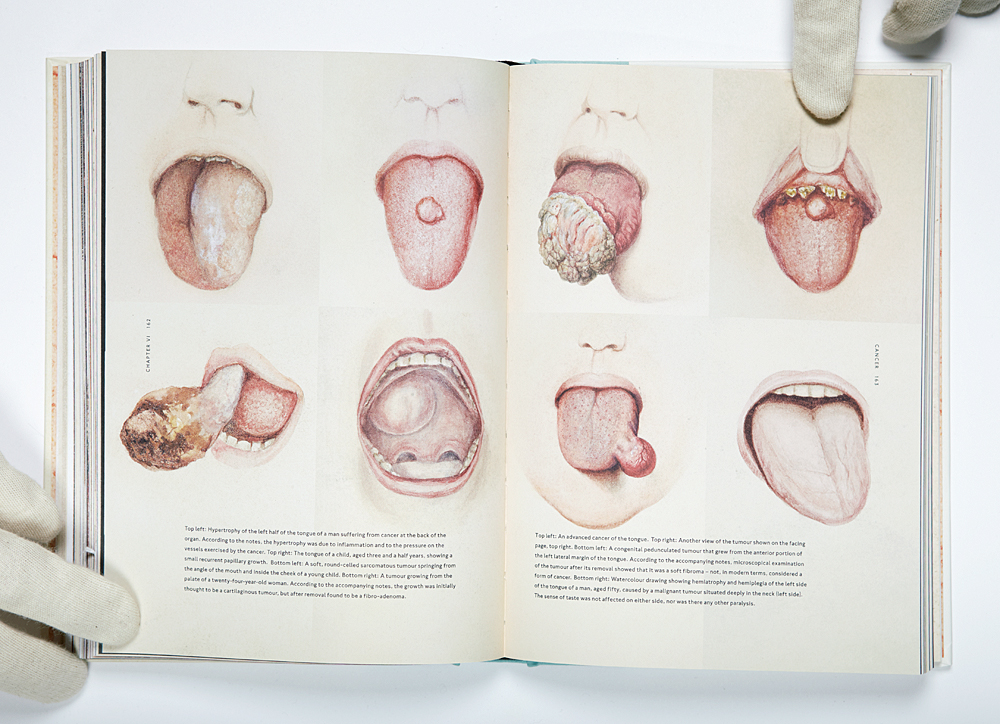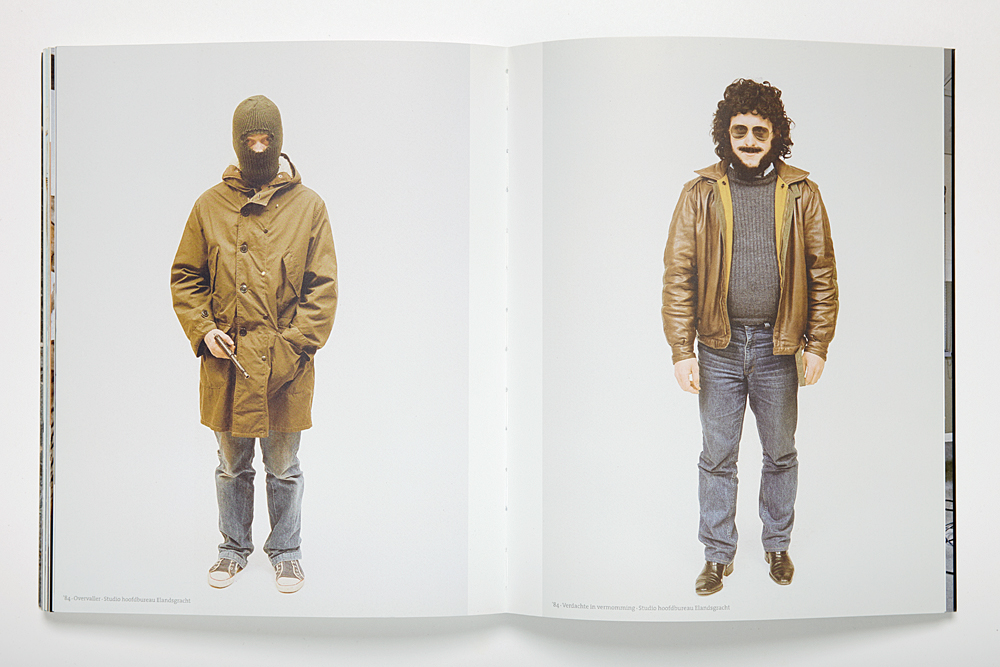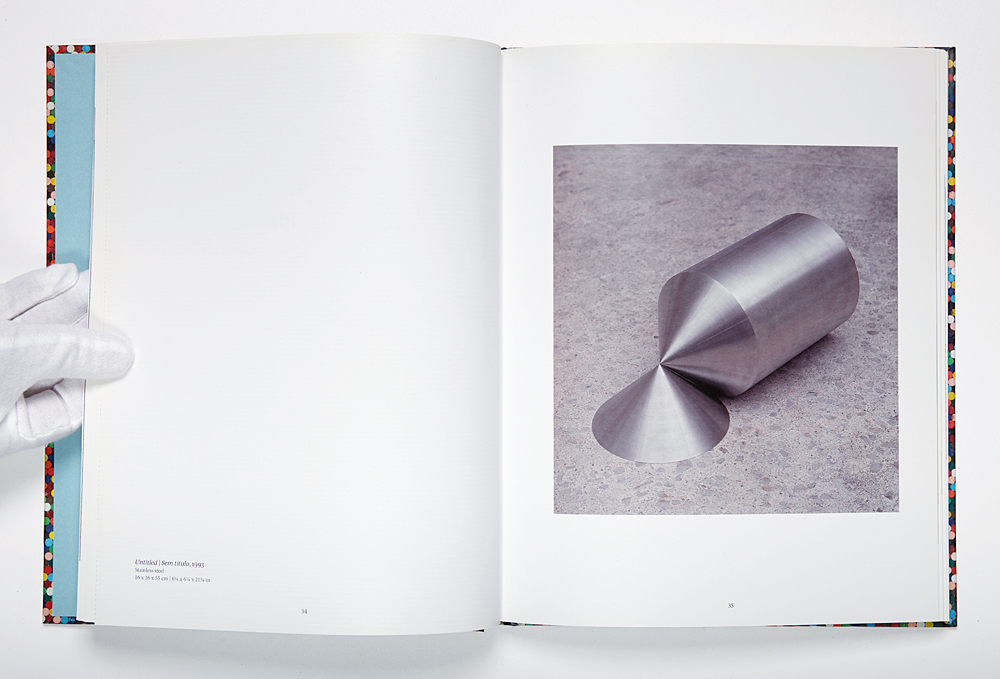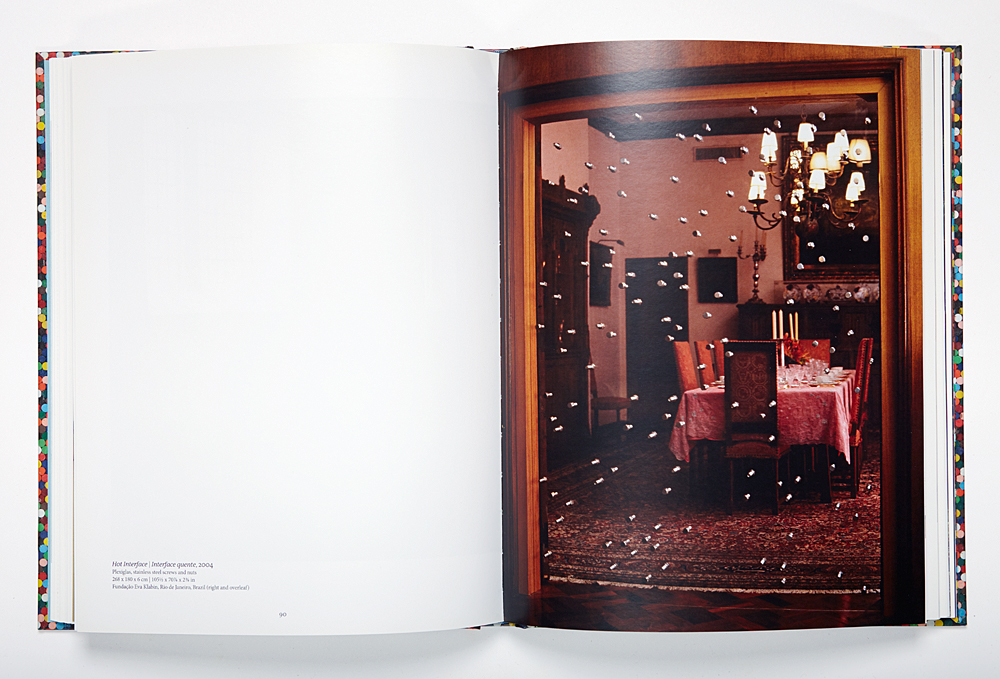Aaron Claringbold
Artist Feature
Every week an artist is featured whose single image was published by Der Greif. The Feature shows the image in the original context of the series.
Erik Franssen - Mental Considerations
Mar 01, 2017
Mental Considerations
Ongoing
Sometimes you’re not exactly sure what you are looking for, maybe you didn’t even know you were looking, but then an image presents itself, almost by accident, and it becomes a new starting point. This happened with the first image in this series. I started playing around with random items and experimented with different light situations. The abstract photograph that arose immediately triggered my interest and continued to haunt me. I wondered what it was that kept pulling me back towards it? Was it because of its ambiguity? Was it because of its failure to pinpoint what I was looking at? Its elusiveness definitely kept me fascinated. Was it the emptiness, the silence in the image that attracted me? Its simplicity, still referring to something recognizable, like our own mortality or loneliness? I figured out that what the image visualizes for me is the thin layer, this membrane that I often experience interacting with others, between the other and myself and the mysterious world that surrounds me. In my photographic work I explore ways to visualize and interpret this intangible space and I asked myself how far I could push the limits of what can be photographed without loosing emotion or meaning. The dialogue, that emerges during the realization of the work, between myself, photography and the temporary sculpture I created became a crucial part of the process.
In this series, I explore how I can refer to elementary feelings and needs using a minimum of resources to create somewhat disturbing frameworks, mirrors that echo the viewer’s inner world and represent our human inability to escape ourselves and truly grasp the complex world we live in.
Artist Blog
The blog of Der Greif is written entirely by the artists who have been invited to doing an Artist-Feature. Every week, we have a different author.
Published in:
»Der Greif #9«
Sergio Sarri – Italian Painter
Mar 07, 2017 - Erik Franssen
Besides the appeal of the enigmatic, a certain aesthetic, whether it be in color use, composition or craftsmanship, helps me a great deal to open up to a piece of art. However, beauty alone doesn’t do it for me, it has to have a counterpart, and that’s what I appreciate in the work of Italian painter Sergio Sarri. He pull’s me in with his soft, candy like almost commercial use of color and simultaneously shows me a disturbing view of the future to come. I get a sense of urgency from the attention to detail and the precision with which his world is visualized and although you could perceive it as a harsh world, for me it shows emotion and great commitment. Sarri uses the machine as a way to illustrate the friction between man and the outer world of social institutions and existential ethics. For him, as he states in the book, the depiction of the machine is the most representative way to express the sense of anguish aroused in him. The human figures almost dissolve in the machines, a feeling I can still relate to today. And these paintings were made in the early seventies of the previous century!
This was my last post for the artist blog. Der Greif, thank you, it was a great opportunity to dive into the books and work of great artists once again. I even learned something new about my own work and fascinations in the process. It turns out I seem to have a thing for the seventies… I hope you’ve enjoyed it and I’ve inspired you to run to your nearby bookstore.

2/14 Mark Manders - Inhabited for a Survey (First Floor Plan from Self-Portrait as a Building), 1986 / writing materials, erasers, painting tools, scissors

4/14 Mark Manders - Silent Studio, 1992 - 2012 / various materials / Installation at Carré d’Art, Nimes, 2012

5/14 Mark Manders - Figure with Blue Painting, 2011-2012 / wood, painted epoxy, acrylic paint on canvas, offset print on paper (l) | Unfired Clay Head, 2012 / wood, painted epoxy (r)
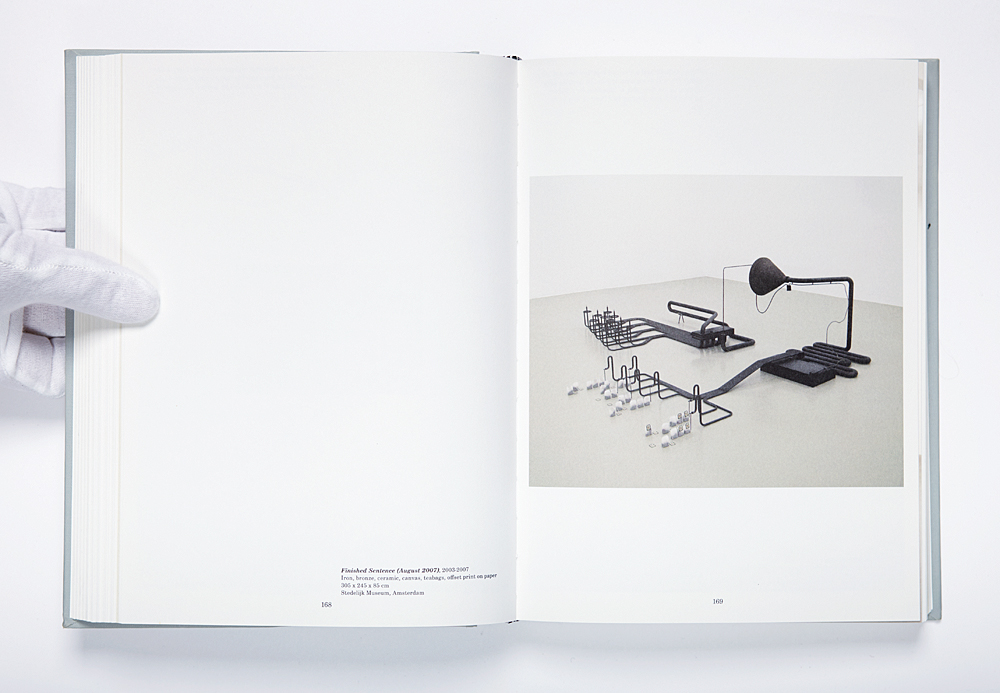
7/14 Mark Manders - Finished Sentence (August 2007), 2003-2007 / iron, bronze, ceramic, canvas, teabags, offset print on paper

9/14 Mark Manders - Table / Corner / Typewriter, 1998 (back and front) / table, painted stones on wood, carpet, typewriter

10/14 Mark Manders - Still Life with Books, Table, and Fake Newspaper, 2010 / wood, painted epoxy, painted canvas, iron and offset print on paper

11/14 Mark Manders - Clay Figure, 2011 / painted epoxy, blasa wood, iron (l) | Figure on Chair, 2011 / wood, painted epoxy, offset print on paper (r)
Contemporary Sculpture – Mark Manders & Rachel Whiteread
Mar 06, 2017 - Erik Franssen
Mark Manders
Of course, Mark Manders is a well known Dutch artist, who represented The Netherlands at the Venice Biennale in 2013, but I could not leave him out of my selection. He is one of my favorite artists around at the moment. Manders already produced a huge body of work. He works on different pieces simultaneously and maybe that’s why his sculptures retain this unpolished quality that I really like. He says (in the lecture accompanying this post) that he likes the feeling of a piece that is just made, as if the clay were still wet. And he achieves that goal in painted bronze! His way of presenting in chambers underscores this idea as well.
I can’t remember when I first learned about Manders, but I do remember my attraction to what I felt where a materialization of an artists fragmented thoughts. If you see all his work together in the Reference Book, I get the feeling that I am in his head, a very impressive, busy and slightly disorientating place to travel around in. I am attracted to work that raises questions, that I don’t understand immediately, but instinctively know is good. Originally Manders wanted to be a writer when he created his First Floor Plan from Self-Portrait as a Building made of writing materials, but became more interested in the poetry of objects than of language as a result. The works he produces are all part of this building and are often based on word structures, like Table / Corner / Typewriter, 1998. I also appreciate his use of materials, which have a recognizable quality to them like wood, thin plastic and everyday objects, somehow related to the human body or human condition. Shadow Study for instance came out of the idea that he wanted to own the shadow that falls out of an empty cup, as if it were the most natural thought in the world.
Mark Manders
Roma Publications
Zeno X Gallery
Rachel Whiteread
If I remember correctly I got to know Whiteread’s work when I lived in Berlin and started working on my project concerning the apparent invisibility of the Berlin Wall. For my research I read James E. Young’s book At Memory’s Edge in which he describes the process of selecting a monument for the commemoration of the murder of jews by Germany during World War II and her work Holocaust Memorial at Judenplatz in Vienna came up. The way she translates memories in more or less abstract pieces of art interests me. In a lot of her work she visualizes the absence of what is lost. Her focus lies on the spaces that surround everyday domestic objects very close to us like chairs or beds, but Whiteread doesn’t shy away from big projects like House either.
For me, one of her most compelling works is Untitled (Amber Bed), a cast from the space underneath a bed, for which Whiteread used rubber for the first time. I find it such an emotional piece because of the relationship we all have with beds and mattresses. We sleep in them, we make love in them, we are sick in them. They represent the space we are most vulnerable in and because of the liveliness of the material used and the way it is placed against a wall it almost literally embodies the memory of all these states in a calm and quiet way. Her work touches on the darker things in life, the things or people we lost, and that makes me think of death and how much death is part of being alive.
Another beautiful example of solidified space, for which I have the outmost respect, is her project House, where she took the courages challenge upon herself and her team to cast the inside of a private house soon to be demolished. This resulted in an impressive public sculpture of a building within a building exposing the private space of the home by traces left in the concrete walls. Besides the admirable effort and persistence put into the piece, I love the poetic juxtaposition between the hard concrete exterior and the fragile domestic interior that the work represents. The notion that House doesn’t exist anymore and we’re now left with the memory of a memory (of a memory), makes it even more fascinating.
Something for the weekend
Mar 05, 2017 - Erik Franssen
John Berger / Ways of Seeing (1972)
Jo Ann Callis – Other Rooms
Mar 04, 2017 - Erik Franssen
When I got to know Jo Ann Callis’s photographs I instantly felt a certain kinship. What struck me in her work, when I encountered it in her book Other Rooms by Aperture, is her color and tactile sensitivity and her use of the (anonymous) human figure. Her images are never explicit and that’s what I like about them. In my perception, Callis accentuates our human vulnerability by bone like colored skin that is in contact with intimate fabrics and somewhat threatening substances or objects. The way she positions her models supports this for me. If the images are about sex, suggested by elements associated with fetishism, then Callis portrays it as a complex emotional sensation as well as a physical one and I find that very compelling and in a strange way comforting. One of my favorite images is Hand in Honey. The tactile sensation of this image is so strong! You can almost feel the uncomfortable wetness of the yellow liquid touching her hand, its almost a shame that I know its honey. And this white hand and dark and dirty nails, very alluring. Not to mention the perfection of the slopes in the fabric. Although most of the work in Other Rooms was made in the seventies it still feels so very fresh and modern to me. I’m looking forward to seeing her work in the flesh one day!

3/13 The Sick Rose - Various forms of gangrene affecting the skin and underlying tissues (l) | Gangrene of the left foot, resulting from frostbite

4/13 The Sick Rose - The face of a male patient showing rupia (l) | A woman’s face, badly affected with lesions of impetigo on the nose, cheeks and upper lip (r)

6/13 The Sick Rose - Punctate psoriasis, affecting the chest and shoulders of a female patient (l) | An extremely severe case of pemphigus foliaceus in a young boy (r)

7/13 he Sick Rose - Metastatic growths in various tissues (l) | Primary and metastatic growths in the intestines, lung and other tissues (r)

8/13 The Sick Rose - Syphilitic sclerosis of the mouth in a male patient (l) | Three images of condylomatous iritis, a form of inflammation thought to be characteristic of syphilis (r)
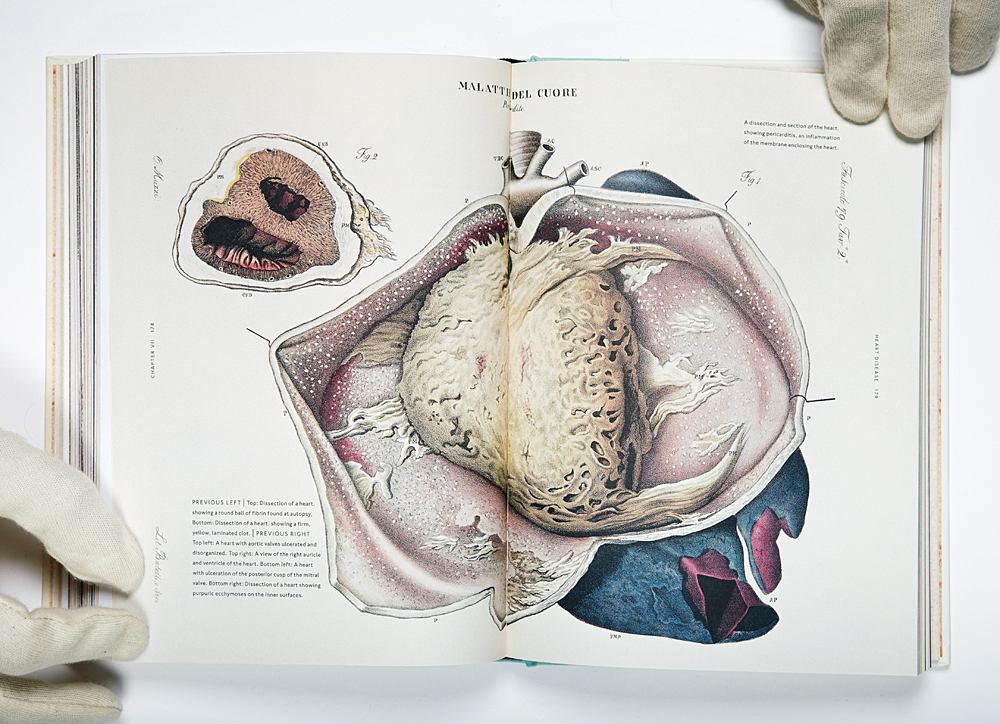
10/13 The Sick Rose - A dissection and section of the heart, showing pericarditis, an inflammation of the membrane enclosing the heart
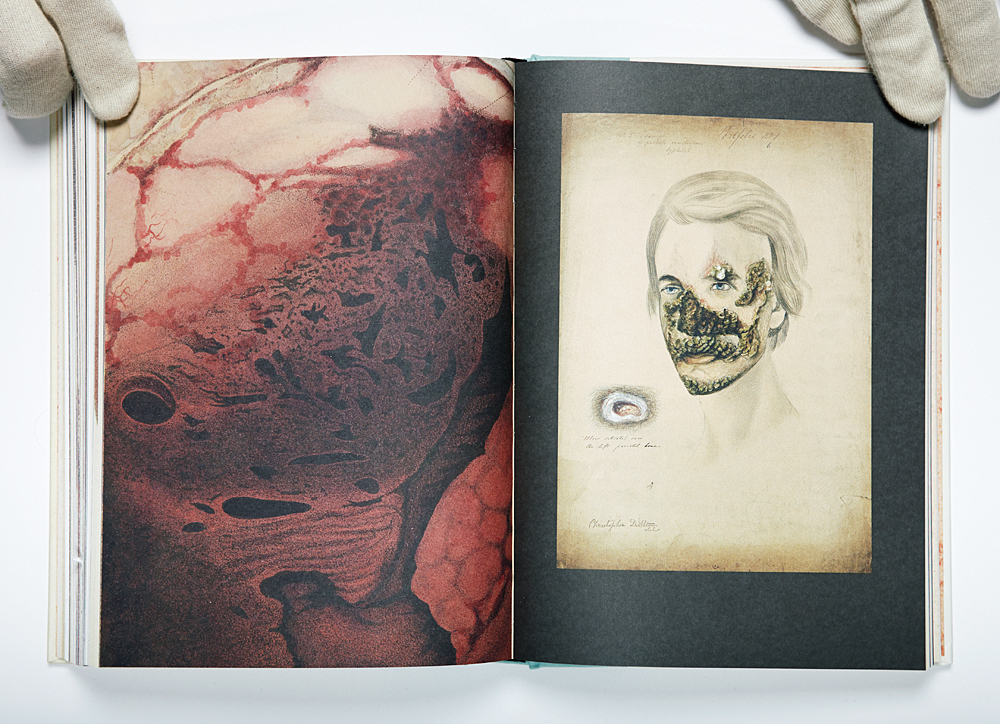
11/13 The Sick Rose - Close-up of syphilitic ulceration of an internal organ (l) | The head of a male patient suffering from tertiary syphilis (r)
Who knew disease and death could look this good?
Mar 03, 2017 - Erik Franssen
Maybe my love for horror movies is to blame, but I cannot keep my eyes of these images. There is something exciting about images that gross you out and attract you at the same time, about the physical sensation they bring about. Look at the small picture of the inflamed eye caused by Syphilis for example! The wonderful illustrations in The Sick Rose, a publication about disease, are so strong and compelling in their use of color and detailed description, that I want to look at them again and again. These visuals in this beautiful designed publication hail from an age before color photography and therefore remind me of what has been lost because of it and of how far we’ve come in tackling certain diseases. We are so much focussed on a specific physical beauty nowadays that we’re disconnected from the beauty of the complexity within our bodies, from the exceptional machine that we are. And like machines we can be broken and this book shows this in all its splendor.

4/10 Plaats Delict Amsterdam - ’72 Shooting dancing / Zeedijk (l) | ’73 Autopsy on corpse in homicide investigation / Noord (r)

7/10 Plaats Delict Amsterdam - ’77 Suspect with smuggling trousers / Studio Central Police Station (l) | ’77 Robber’s loot / Studio Central Police Station (r)

8/10 Plaats Delict Amsterdam - ’82 Physical abuse victim / Studio Central Police Station (l) | ’82 Corpse discovery / Oud West (r)
The attraction also lies in the fact that you’re not supposed to look at the suffering of others, that you’re invading their privacy like a voyeur. Another fine example are the images in Plaats Delict (crime scene) that come from the Amsterdam police archives between 1965 and 1985. Looking at the well balanced selection of pictures in the book many questions and contradictory feelings come up. Some images send a shiver over my spine and overwhelm me with a sense of sadness and loneliness and I wonder how these people ended up like this? Looking at others I catch myself wondering if it is even possible for the body to stay in a certain position after one’s deceased? Like the man in the kitchen sink who yet seems to be standing up, which gives the scene, supported by the neat kitchen, a surreal quality . The studio photographs on the other hand have a fashion sensibility to them because of the colored background and well lit details and the disguised in the book look funny and clumsy. The background of that period helps a great deal. It helps the viewer to keep a certain distance and view it as a reminder of the past, not as a current reality, which is a misconception of course. For most people to view images of this content there is need for a certain abstraction and the editorial staff did a great job in their selection process by preserving the right amount of mystery.
Introduction & José Damasceno
Mar 02, 2017 - Erik Franssen
When Sebastian and Simon from Der Greif proposed the artist blog I was delighted and apprehensive at the same time. Occasionally I post on my Instagram account, but now I have to write about the work of others as well, something I’ve never done publicly before. I love to show the artists I admire, but there are so many great ones around, how is it possible to choose? Well, telling myself that there is no right or wrong way in this case, here we go, I’m just going to do it and share my personal interests.
As a kid being bullied, drawing and looking at the pictures of musicians in magazines were an escape for me. Later in my teenage years this resulted in an obsession with horror movies, Punk and New Wave music and in a photography course at my High school, where the magic that occurred in the darkroom fascinated me. I didn’t know anything about photography and it’s history or what sow ever, I was fourteen, so my pictures weren’t really photographs, more snap shots, not even that, but I was intrigued by the technique. I decided I wanted to become a photographer. With the help of a friend who was a little older I educated myself and after one unsuccessful attempt I got into the Royal Academy of fine arts in The Hague in the Netherlands. It was a bumpy ride, but a whole new world opened up to me and during that period I started to take in all the art and culture I could get my hands on, mostly through library books and shows I visited.
Art books are still a great way for me to discover new work. I love to roam about the bargain department of The American Book Centre here in Amsterdam, where I live, and stumble upon something new and inspiring. For me it is such a joyful way to be surprised and so different from an online search. I get to discover new work through its photographic representation, some of which I’ll probably never see in reality. The print stands between me and the actual artwork like a paper thin layer. I have to use my imagination and interpret what I see and the work stays mysterious that way. Sometimes I like the print even better than the actual piece. Exhibited in a book I can enjoy the work on my own terms. I hope you do as well.
José Damasceno – Most recent find
I had not heard about the thought provoking work of Brazilian artist José Damasceno until I found a book about him a few weeks ago, The last couple of years, probably because of my Mental Considerations series, my interest in contemporary sculpture has grown and I pay more attention to sculptor monographs. What I admire (and envy) in sculptors like him is their ability to handle and transform all those different materials. Something I’m still figuring out. When I read the accompanying texts I’m sometimes shocked by what the work I look at is made of. Although the cover of the book doesn’t do justice to his body of work, the images struck me for their strong poetic language. In sculpture I have a feeling one can almost literally capture a thought or concept into a work of art. Looking at “Can You Hear Me?” for example, I get the concept of sound immediately, also endorsed by the title of course, which I saw secondly, but a moment later it’s total silence that I see, as if the work has sucked in all the sound and kept it there. Damasceno’s work gives you a new perspective on the world, it’s so poetic in its simplicity, I love the power in that.








